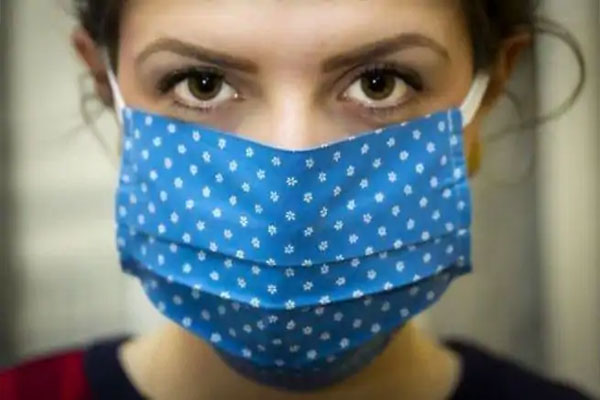Sydney: During the Covid-19 pandemic, cloth face masks became a way to help protect from the virus. For some people, they became a fashion statement, with many fabric choices available. But how effective are they, especially in blocking respiratory droplets from a sneeze?
Researchers from the University of New South Wales used high-speed videos of a person sneezing to identify the optimal cloth mask design.
The team made simple face masks with 17 commonly available fabrics. Each mask had one, two or three layers of the same or different fabrics.
A healthy 30-year-old volunteer donned each mask, tickled the inside of his nose with tissue paper on a cotton swab, and then readjusted the mask just before the onset of a sneeze.
The researchers captured high-speed videos of the sneezes and computed the intensity of droplets in the images in a region 2 cm from his mouth. With each fabric layer, the droplet-blocking capability improved by more than 20-fold.
Interestingly, all of the three-layer cloth combinations the researchers tested were more effective than a three-layer surgical mask.
The best masks for blocking droplets contained a hydrophilic inner layer of cotton or linen, an absorbent middle layer of a cotton/polyester blend and a hydrophobic outer layer of polyester or nylon. The findings are detailed in the journal ACS Biomaterials Science & Engineering.
Machine washing the masks didn’t decrease their performance; in fact, masks containing cotton or polyester worked slightly better after washing because of pore shrinkage. Future studies are planned with more people and different age groups, said researchers including Shovon Bhattacharjee, from the UNSW.
Face masks help reduce disease spread by blocking tiny, virus-laden droplets expelled through the nose and mouth when a person speaks, coughs or sneezes.
(IANS)


Comments are closed.